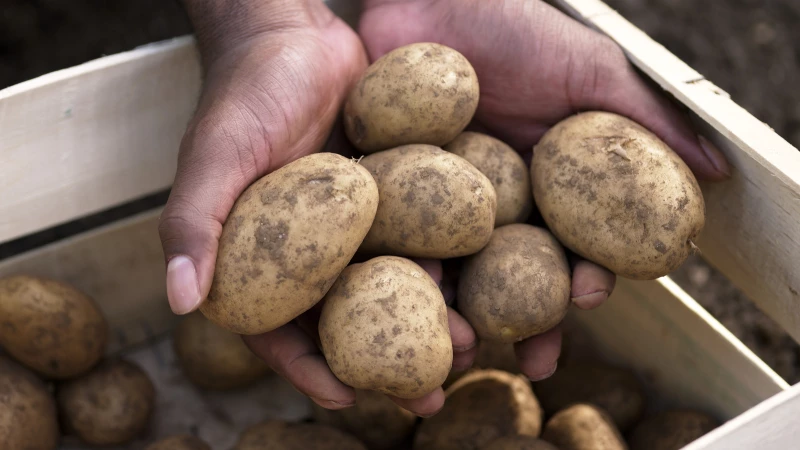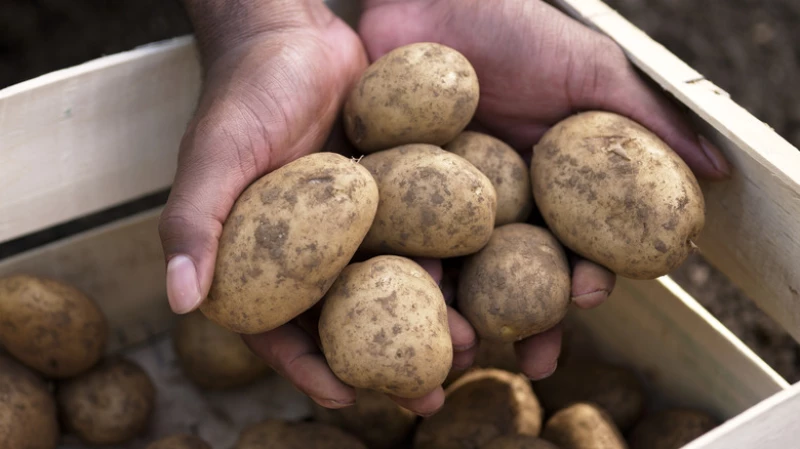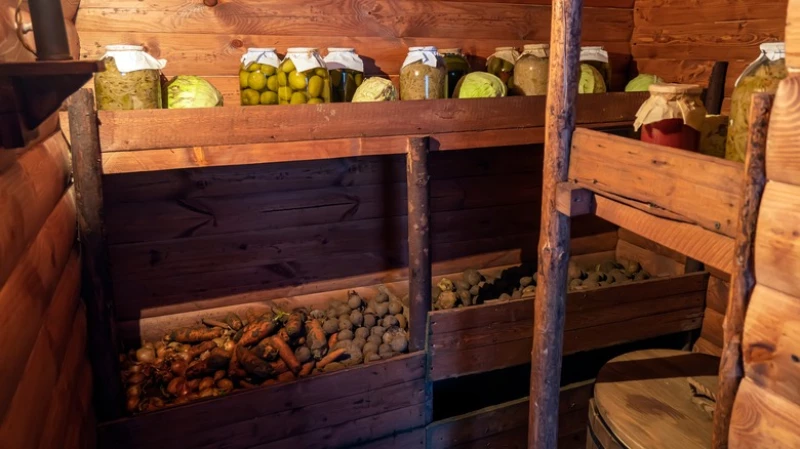Dry potatoes are perfect for storing
If you're a fan of French fries, mashed potatoes, hash browns, or baked potatoes, then growing your own potatoes can be a great idea. But when it comes to storing potatoes, there are a few things you need to know. Potatoes like dry conditions, so once the stems start to turn yellow and die back, which usually happens at the end of summer, you should stop watering them. This will allow the potatoes to develop tough, dry skin that can resist damage and moisture, making it easier to harvest and store them for several months.
To make the most of your potato harvest, you may want to plant them in a separate part of your garden or pair them with plants that you plan to remove when it's time to stop watering. Keep in mind that a few weeks without water can damage or kill other plants, but it's necessary if you want to enjoy your potatoes long after harvest.
Potatoes need to be stored away when dry. If you put them in storage while their skins are still wet, you risk them growing mold and spoiling. When potatoes are dry, they won't spoil as quickly, and you'll get to eat potatoes through winter and into next year, depending on how many you harvested. Allow your potatoes to dry out before you harvest them. Once the stems start to die back, you can stop watering and let them stay in the ground for two or three weeks. The potatoes will dry out just enough to be stored without any problems.
Dried skins are also tougher than when there's moisture, which is ideal for harvesting. A moist potato can easily be scuffed and nicked with your fingernail, so imagine the damage your gardening tools can do. Once the skins are dry, they'll be able to withstand your pitchfork, trowel, or whatever other tools you use to dig up spuds.
Know when to stop watering
Observing your potato leaves are the easiest way to determine when it's time to stop watering your potatoes. Potatoes are ready when the leaves are completely dead, so you can use yellowing leaves at the end of the season as a sign to stop watering. Know what kind of potatoes you have and how long it takes to grow them so you can determine if yellowing leaves mean it's almost harvest time or if they're diseased or lacking nutrients.
When it comes to determining when to harvest your potatoes, there are a few key factors to consider. One method is to pull up a potato as a test. Start by pulling one up when the leaves begin to die back. This will give you an idea of the size of the potatoes. If the potato is the right size, you can stop watering your crops. However, if it's a bit small, continue watering for another week or two.
Once the leaves are completely dead, it's time to check for dryness. Pull up another potato and feel the skin. If there is any moisture, the potatoes need to dry out more. While waiting for them to dry, keep an eye on the weather. If a storm is approaching and the potatoes are almost done drying, it's best to pull them early. You can then cure them indoors by placing them in a cool, dark area for a couple of weeks.









